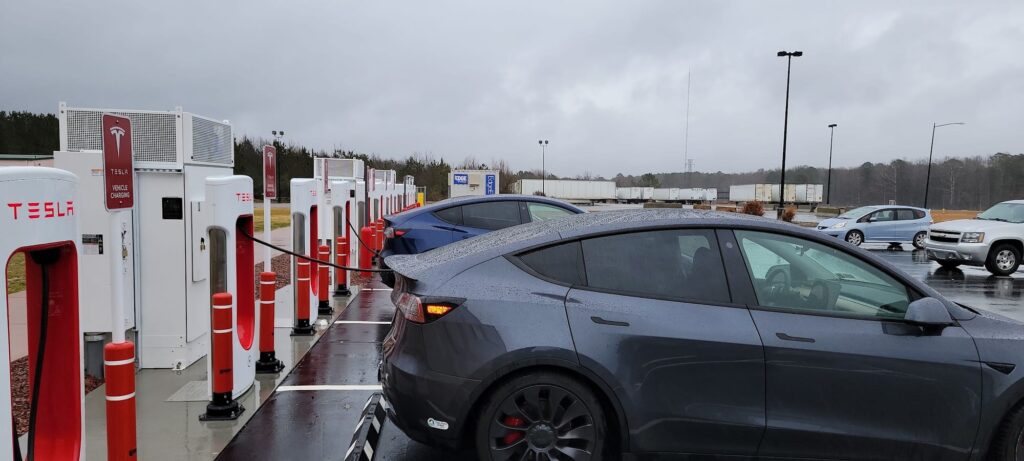
I bought a Tesla a few years back and loved most things about it. One of the things that really bothers me is their lack of physical buttons. I did not know whether this issue was only mine or whether other folks felt the same way. As other cars copied the Tesla layout, I felt that maybe I was an old man harking back to the good old days and I should pine for a rotary phones.
Lately, I found out that I am not the only one who feels this way. So hold my phone! Other drivers have been vocal about their preference for good old-fashioned physical buttons over sleek but often frustrating touchscreens. Now, some of the major automotive manufacturers are finally listening, with top brands like Mercedes-Benz, Hyundai, and Volkswagen leading the charge in a significant shift back to tactile controls(aka buttons).
This isn’t just a trend for one segment of the market; both luxury and budget carmakers are committing to this “analog resurgence.” Mercedes-Benz recently confirmed its decision, citing extensive customer feedback and real-world usage data. Physical controls offer superior usability and comfort for many drivers, the luxury brand stated. I truly believe this.
Volkswagen, which also owns premium marques like Audi and Porsche, has also confirmed that its brands will be ditching purely touchscreen interfaces for more traditional buttons. Other notable automakers joining this movement include Mini (owned by BMW), Subaru, Ferrari, and even several prominent Chinese manufacturers.
Many of these brands have already introduced models that feature a blend of physical controls, or they’ve confirmed plans to implement them starting as early as 2026.
While some might hope this return to basics could lower car prices, that’s unlikely to be the case. Analog buttons, with their numerous individual components, can actually be more expensive to produce than their touchscreen or capacitive touch counterparts.
However, the real win here isn’t about cost savings. The reintroduction of physical buttons is a major victory for driver comfort, convenience, and crucially, safety. By making essential functions easier to operate without diverting attention from the road, this shift promises a more intuitive and secure driving experience for everyone.
The key question is what will Tesla do? With their latest update of the Model 3, I believe that they will hang onto their touchscreen controls. On the Model 3, they removed the signal and gear stalks and they are only reluctantly bringing it back in China. I drove this Model 3 and while I could get used to it being a touchscreen, no one else in my family would want to do this. Why would I buy a car that I was the only one in my family who was able to drive it. I count this movement back to buttons as a major win for customers!
